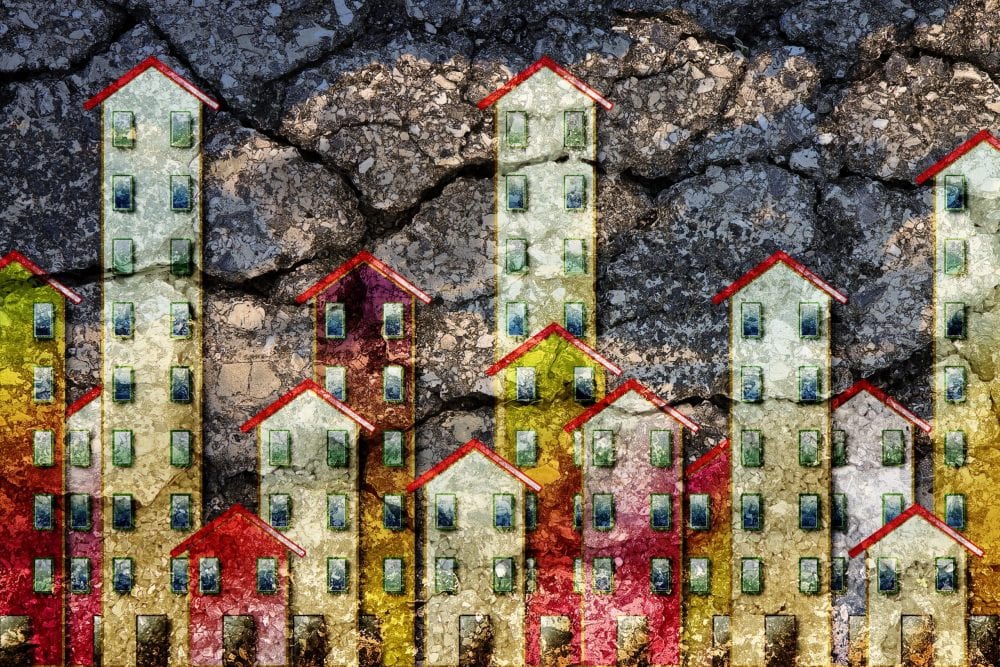Assure Tenant Rights

We, tenants who live in public and subsidized housing, seek legislation to prevent the weakening or loss of rights that arises when public housing is put into private hands, and effective protection from bullying in public and subsidized housing.
We should include all multi-family residential facilities under a single oversight agency, to assure that all citizens have all of their rights respected. Why should there be different rights depending on the landlord's source of income?
Public health in housing for elderly and disabled

Many of the management and community measures that will help to prevent and mitigate COVID are similar to those that can prevent or mitigate bullying in housing.
In November, when the two-week positivity rate was 2.5%, I predicted a rapid rise in COVID and sought protective action by the landlord. Since then, while a wave of COVID has killed and sickened many and threatened to collapse the health care system, I have pressed for action. Four months later, while the wave is subsiding, I am still seeking an effective accommodation to protect my health (and that of all the tenants, staff, and visitors).
Reasonable Accommodation Request: Making it Stick
Update, January 13, 2022.
The 14-day positivity rate for Peabody on January 13, 2021, was 21.74%, based on the period from December 26, 2021-January 8, 2021.
The rate for Essex County was 25.78%
Despite the fact that my landlord, Preservation of Affordable Housing, accepted my request for a reasonable accommodation is valid, they did not plan to do an effective accommodation. An effective intervention would be, for example, a zero-tolerance masking requirement that was actively policed and enforced. However, their own policy requires them to enforce the posted masking policy, which to my knowledge, they have not done.
After the December 22 decision of the Peabody Board of Health to require indoor masking, the attorney for Preservation of Affordable Housing wrote yet another letter urging people to be careful. No effective action has been taken.
Advocacy Example: Reasonable Accommodation Request

Update, December 9, 2021.
The 14-day positivity rate for Peabody, reported on December 9, 2021 is 6.48%, covering the period from November 21 through December 4, 2021. This represents an increase of 2.6 times over the rate when I first wrote to my landlord seeking a reasonable accommodation to require enforcement of their own rule, to require masking of all persons in the public areas of the apartment building.
On December 1, I received material from the attorney representing my landlord, POAH, and Fairweather Apartments. The letter was dated 15 November. The letter grants my request of reasonable accommodation, i.e., to require indoor masking to protect against COVID. But they propose to continue the same, previously ineffective actions. What should I do?
Bullying Legislation To Address Public Housing Crisis
At last, a solid, well-researched, in depth article about major issues in public housing, including bullying, has been published by WickedLocal.
The lead article by WickedLocal reporter, Willam J. Dowd, provides an excellent review of the issues around bullying, with interviews and quotes from some of the key players. Against this background, Dowd notes the work of the Stop Bullying Coalition to advance a strong ombuds bill to protect tenants of public and subsidized housing from bullying.
Testimony of Pamela Goodwin on preventing homelessness

After years of being bullied, harassed, and mobbed, I chose to leave to save myself, spending nearly one year as a homeless person while living in a tent and my car. All of my church friends said I was much happier homeless than being victimized, which I agreed with.
Advocacy on Bullying
Bullying attacks our dignity.
Pamela Goodwin, one of our most dedicated activists, and I have been participating in the work of the Dignity Alliance (DAM). Their major focus has been on frail elders and disabled persons living in nursing homes and other institutional settings, and those living independently in the community. We need to prepare for Beacon Hill hearings on bullying bills. And we need information about bullying among children of tenants.
Bending the Arc Toward Housing Equity: Senator Lovely

Senator Joan B. Lovely spoke about her role as a legislator and her advocacy on housing and bullying, and noted a number of bills and committees dealing with these issues. She spoke at “Bending the Arc Toward Housing Equity,” organized by the Massachusetts Human Rights Coalition.
Guest Article: From PETRA to RAD—The Path to Converting 140,000 Public Housing Units

More than $10 billion in private financing has been invested in public housing thanks to the Rental Assistance Demonstration (RAD) program. But housing advocates say it comes at a cost, and there still isn’t enough oversight of the program. As Beacon Hill considers legislation to assure the renovation and continuation of public housing, including through public-private partnerships, we are concerned about the rights of tenants under private developers. Lillian M. Ortiz provides us with a history of privatization that must inform our efforts going forward. We are proud to publish this guest article by Lillian M. Ortiz, originally published in Shelterforce, the voice of community development. Lillian M. Ortiz is the Managing Editor of Shelterforce magazine. Shelterforce is an independent publication that serves (and sometimes challenges) community development practitioners across the United States.
Doom or hope?
If we act to prevent the surge which has already begun, there is hope. If we deny the real danger, we will be doomed. COVID doesn't despair or hope, it mutates, multiplies, and has the advantage. To survive, we should use the vaccine in a strategic way, reduce indoor gatherings, and enforce mandated masking.
- Read more about Doom or hope?
- Log in to post comments
